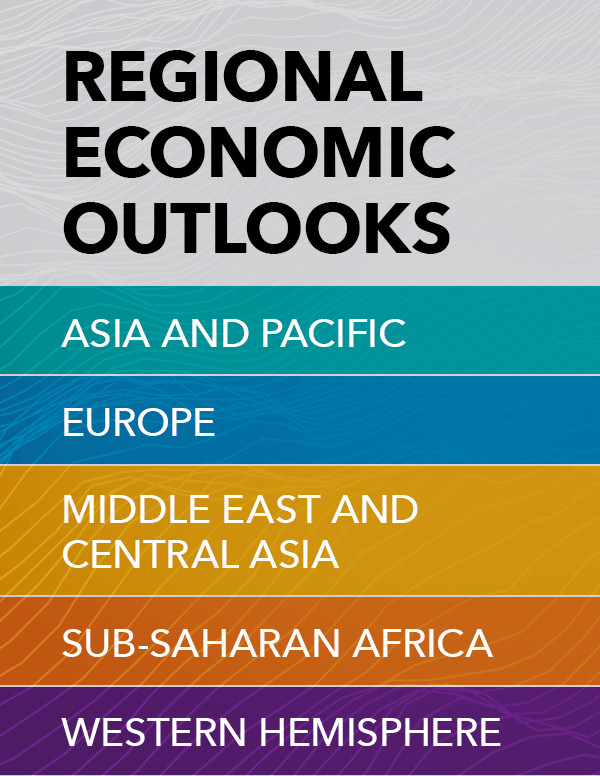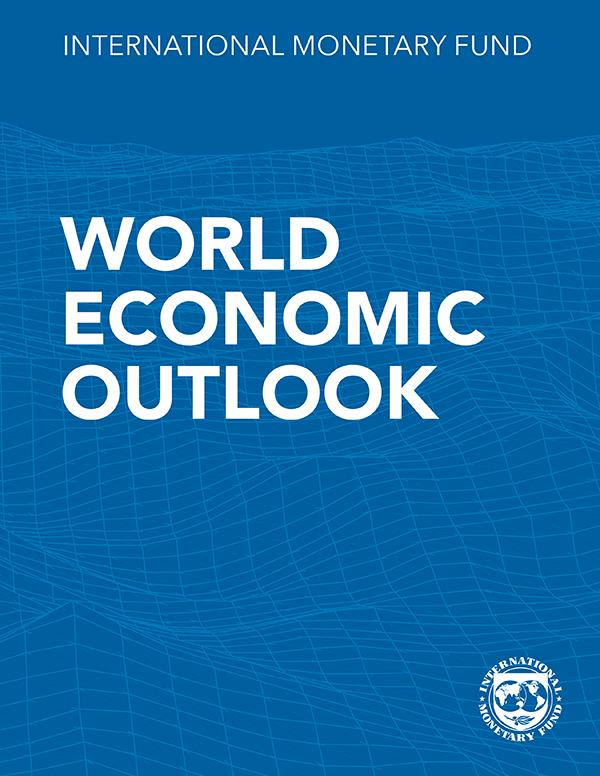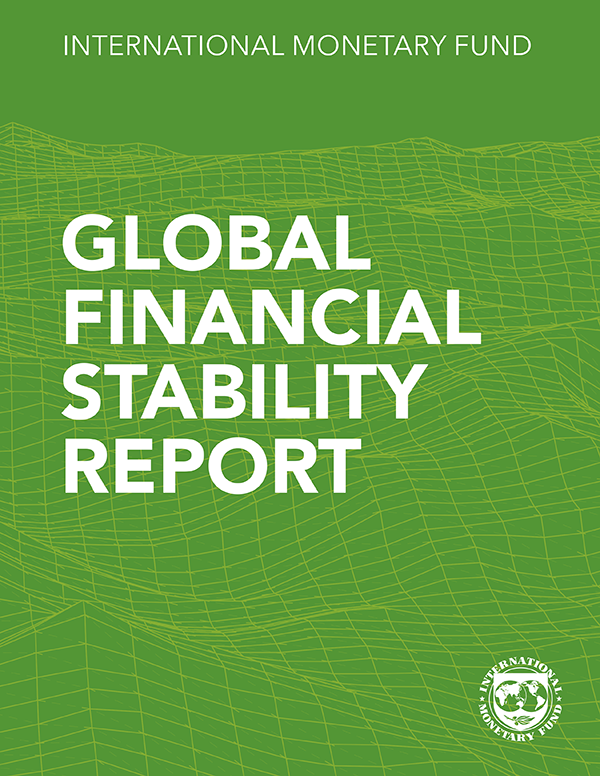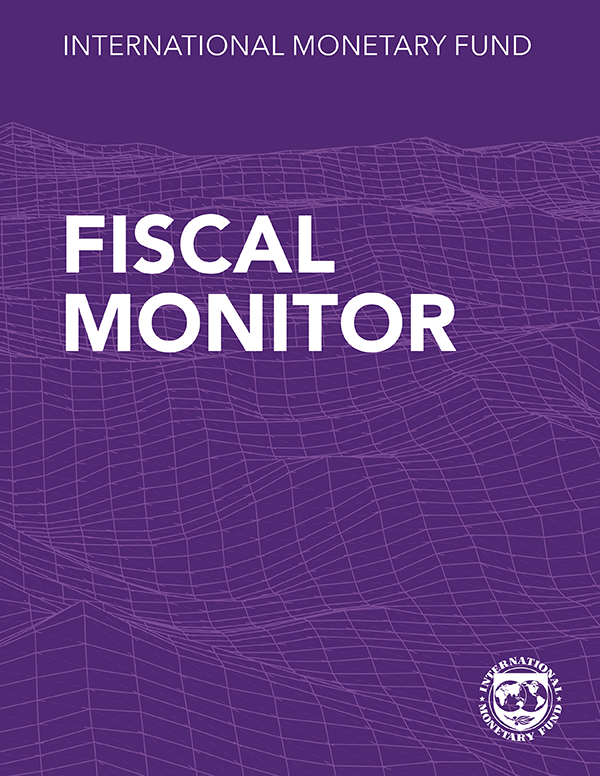Navigating the Evolving Geoeconomic Landscape
Economic growth in the Middle East and North Africa and Caucasus and Central Asia regions is projected to strengthen in the near term, but only to the extent that current challenges abate. Ongoing conflicts and oil production cuts are dampening economic performance, and medium-term growth prospects have weakened over the past two decades.
Moreover, high uncertainty looms, with key risks including escalating conflicts, increased geoeconomic fragmentation, and commodity price volatility. To boost growth and create jobs—especially for women and youth—reform priorities include strengthening governance, encouraging private sector investment, and advancing financial development.
Chapter 2: Reversing the Trend: Enhancing Medium-Term Growth Prospects
The medium-term growth outlook for the Middle East and North Africa and Caucasus and Central Asia regions have gradually declined over the past two decades. Despite improvements in living standards, progress has fallen behind that of advanced economies and other emerging markets. While employment growth has historically driven output per capita growth, its impact is diminishing. In contrast, other regions have benefitted more from greater capital deepening and enhanced total factor productivity. To reignite sustainable growth, unlock significant growth potential, and bridge the income gap, targeted policy interventions are crucial. These include empowering women and youth through job creation, increasing capital per worker, promoting financial development, fostering private sector investment, and tailoring policies to enhance digitalization, reduce trade complexity, and improve macroeconomic stability.
Chapter 3: Strengthening Growth through Financial Development
To diversify economies and achieve sustainable economic growth, it is essential to cultivate robust and dynamic financial sectors that can effectively fund the private sector. However, many countries in the Middle East and North Africa and Caucasus and Central Asia regions face challenges in financial development. In particular, many economies grapple with underdeveloped financial markets. Monetary instability and long-standing weaknesses in legal frameworks are among factors that have hindered progress. The considerable influence of governments, especially through state-owned banks, poses a significant obstacle to developing financial systems. By implementing strategic reforms that enhance market competition, minimize state involvement, and reduce entry barriers, countries could potentially increase real private sector credit by over 5 percent and real GDP per capita by nearly 2 percent after five years. Furthermore, expanding the role of financial markets by attracting institutional investors and establishing robust government bond markets can facilitate financial integration and increase nonresident participation.
Publications

-
March 2025
Finance & Development
- The Talent Equation

-
September 2024
Annual Report
- Resilience in the Face of Change

-
Regional Economic Outlooks
- Latest Issues

















